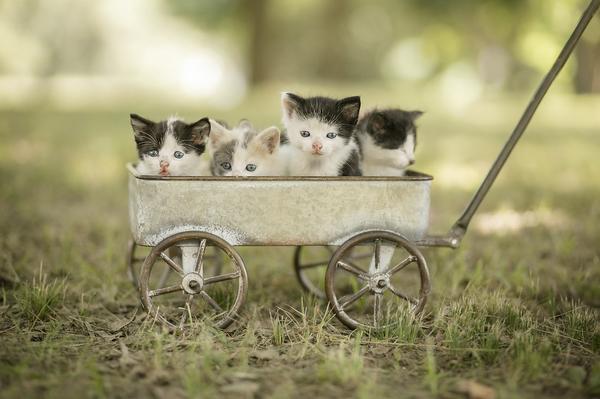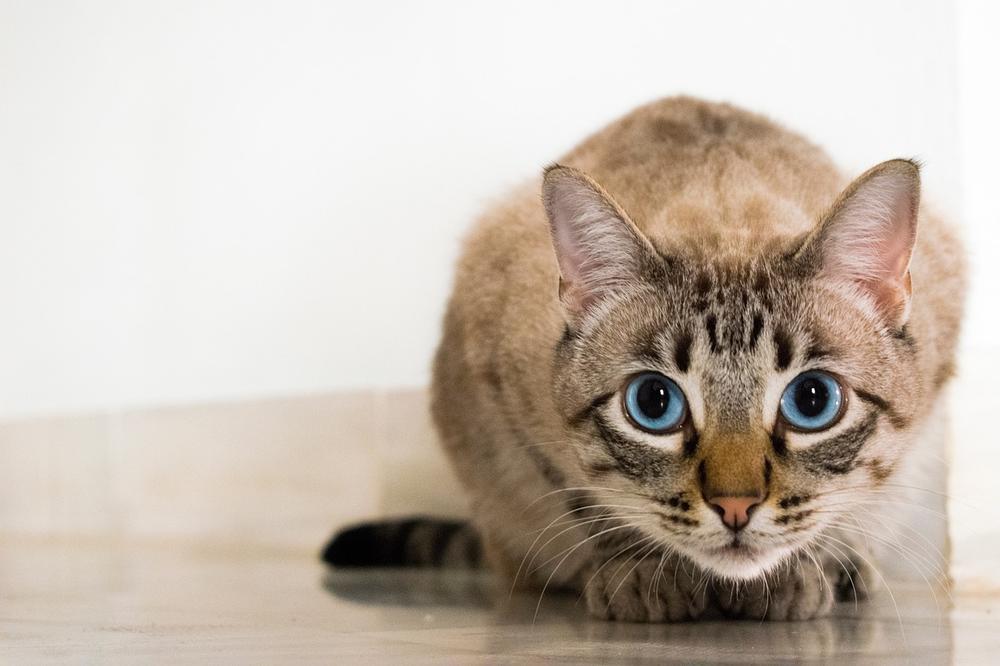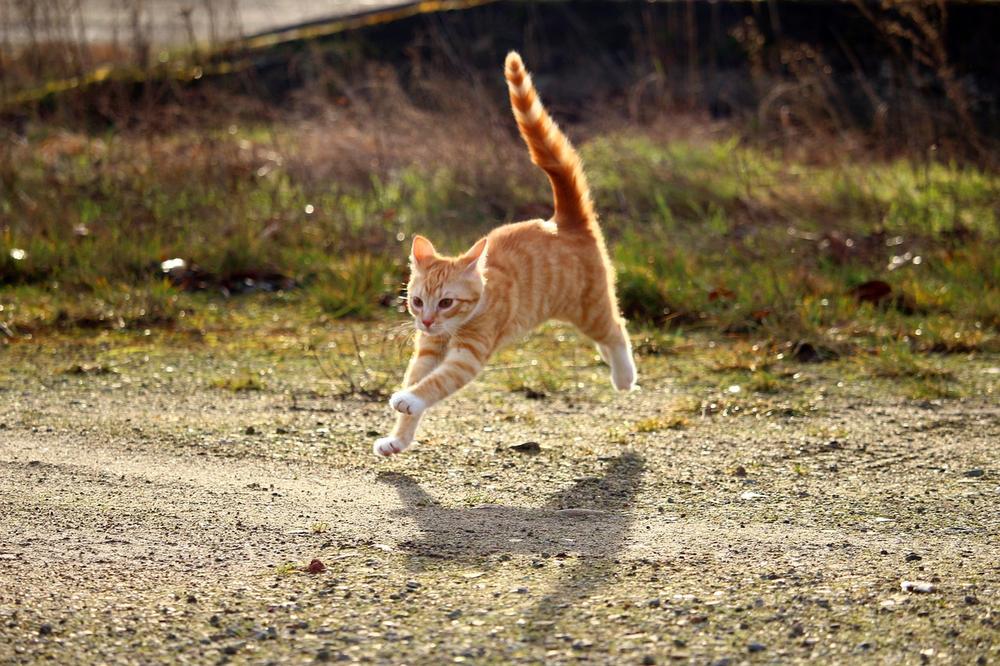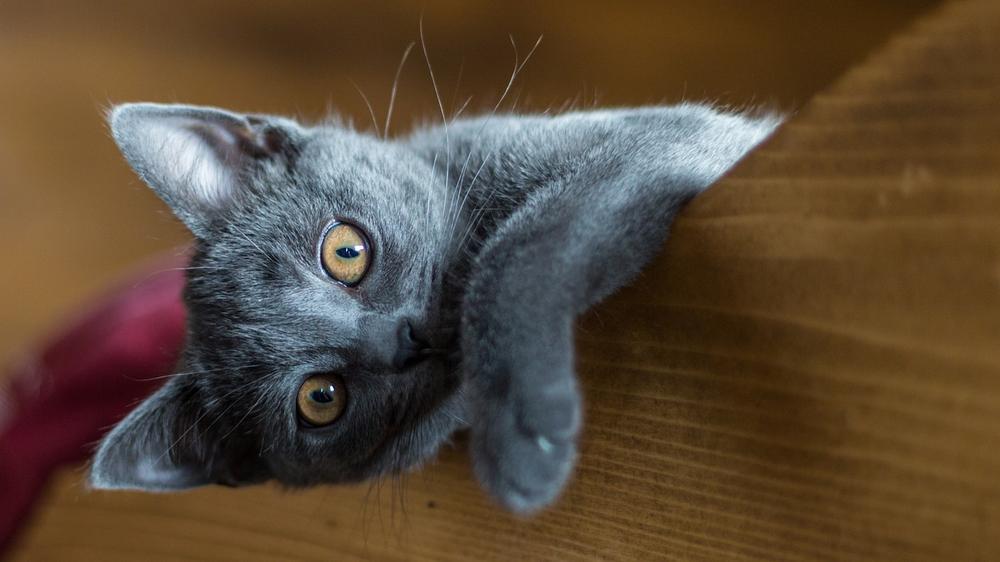How Many Kittens Can a Cat Have? (Let's Do Some Numbers!)

Cat lovers!
I know you're on the edge of your seat, eagerly awaiting the pitter-patter of tiny paws 😻.
Ever wonder just how many kittens your feline friend might bring into the world?
Don't worry, I've got the answers.
Let's dive in, shall we?
How Many Kittens Are Usually in a Litter?
The typical litter size of a cat usually ranges from three to five kittens, but some cats can have larger or smaller litters depending on their genetics. In exceptional cases, cats can have litters of up to ten kittens, bringing joy to countless households worldwide.
How Many Kittens Does a Cat Usually Have in a Litter?
You're probably wondering, "How many kittens can a cat actually have?" Well, on average, I'd say you can expect about four to eight little meowers.
That's quite a handful, let me tell you. Just picture all those tiny paws scampering around and those sweet little meows filling the air.
But here's the thing – the typical litter size usually ranges from three to five kittens. So, while some mama cats might surprise you with more kittens, others might have a smaller clan of furballs.
What's interesting is that genetics actually play a role in determining the size of a cat’s litter.
Certain cat breeds tend to consistently have bigger or smaller litters. Yep, it's all in their genes!
Now, if you're really curious about the numbers, let me enlighten you a bit more.
First-time moms and older cat moms typically have smaller litters, usually within the range of one to three kittens. It's like a cozy little gathering rather than a wild party.

On the flip side, the average litter size usually hovers around four to six kittens. That's still a whole lot of fuzzballs to snuggle up with!
But hold onto your hats because every now and then, some cats totally blow expectations out of the water.
In exceptional cases, they can have whopping litters of up to ten kittens.
Can you even imagine the excitement?
It's like a whole feline soccer team just arrived!
When multiple kittens are born to the same mama cat, we call them a litter.
And let me tell you, these adorable little furballs bring so much joy to countless households all around the globe.
Cats, man...they just know how to warm our hearts, don't they?
Now, let me delve deeper into the various factors that can influence the number of kittens a cat may have:
What Affects How Many Kittens Are in a Litter?
When it comes to the number of kittens in a litter, several factors come into play:
- Breed and size: Certain breeds like Siamese, Maine Coons, Ragdolls, and Ragamuffins tend to have larger litters than others.
- Age and reproductive history: Cats that are younger or having their first litter typically have smaller litters. As cats age, their ability to conceive multiple kittens may decline.
- Health and nutrition: A cat's health and nutrition during pregnancy play a significant role. Providing a well-balanced diet with increased calorie intake is crucial for optimal development and the size of the litter.
- Environmental factors: Indoor cats exposed to artificial light may have larger litters year-round. It's important to provide a warm and cozy hideaway for pregnant cats to regulate their body temperature.
- Father's contribution: The father cat also plays a part in determining litter size. However, the exact influence is not entirely understood.
Taking these factors into consideration can help you understand why some cats have more kittens than others. 😺
Remember, maintaining good health, proper nutrition, and a comfortable environment are essential for ensuring healthy litters.
And if you're curious about the intricate aspects of feline reproduction, I have the perfect resource for you.
In my blog post, I delve into the age-old question - will male cats mate with females not in heat? Discover the fascinating insights and answers you seek in my article, Will Male Cats Mate With Females Not in Heat.
So, when you're done exploring the factors affecting litter size, satisfy your inquisitiveness and head over to my guide.
How Many Kittens Can a 1-Year-Old Cat Have?
To breed or not to breed, that is the question when it comes to your feline friend.
While a 1-year-old cat can indeed get pregnant, it’s generally wiser to wait until she's around 18 months old before considering such matters.
You see, cats are quite precocious creatures, reaching sexual maturity as early as four months old.

But hold your horses!
It’s best to let your kitty blossom physically and emotionally before diving into the world of breeding.
By doing so, you increase the likelihood of healthier pregnancies and litters. Ah, two litters per year?
Nay, I say... Opt for spaying after delivery to ensure her longevity and minimize the number of kittens seeking forever homes.
Most cats strut into adulthood at six months old, but some breeds take their time, maturing between five and nine months old.
Determining the Number of Kittens Your Cat Is Having
Observing physical changes like an expanding belly and noticeable nipples can indicate the number of kittens your cat is having. While early ultrasounds may not be accurate, abdominal palpation and x-rays can provide a more precise estimate, with an X-ray around day 54 for a definite count.
So, you're curious about how many kittens your cat can have?
Well, you've come to the right place. Let me give you the breakdown.
Watching visible changes in your cat's body can give you a good idea of her pregnancy and potential litter size.
Pay attention to an expanding belly and noticeable nipples - those are clear signs that kittens are on their way.
Now, I know what you're thinking: Should I take my cat to the vet for an ultrasound?
Here's the deal:
Early ultrasound scans can give some insight, but they aren't always accurate in counting the number of kittens.
Instead, it's best to focus on behavioral and physical changes that happen during pregnancy.
If you want a more precise estimate, your vet can do an ultrasound or x-ray.
But let me tell you, even with these techniques, it's not an exact science.
However, abdominal palpation and x-rays are commonly used methods, and as the pregnancy progresses, counting those little heads becomes easier.
For a definite count, an X-ray can be done around day 54 of the pregnancy.
Now, when the big moment comes, things get real.
You need veterinary guidance and support throughout the pregnancy and birth process.
So make sure to contact your vet and keep them informed.
Create a safe space for your cat to give birth, and familiarize yourself with the signs of labor.
Usually, cat pregnancies last between 63 and 65 days, although it could be anywhere from 63 to 67 days.
And remember, distinctive signs of imminent birth may show up several days before delivery.
With all that said, I hope this helps you on your journey to becoming a cat whisperer.
Stay well-informed and remember that professional assistance is just a call away if needed.
Why Is It Important to Know How Many Kittens Your Cat Is Having?
Knowing the litter size is important for your preparation and care
When your cat is pregnant, you should know how many kittens she'll be having.
Why?
Because understanding the expected litter size allows you to get ready for the upcoming excitement.
First of all, knowing the number of kittens helps you figure out how much food your mama cat will need during pregnancy.
You want to make sure she gets all the nutrients necessary to support her growing babies.
Trust me, these little ones can really eat!
Also, being aware of the litter size helps you prepare for the birth process itself.
You want to create a safe environment for your cat to give birth, so knowing how many kittens to expect will help you set up cozy birthing areas and have all the necessary supplies ready, like blankets, towels, and a comfy box for the new arrivals.
Keeping an eye on health and potential complications
Here's something else to please bear in mind:
The number of kittens can also indicate potential difficulties during labor.
Smaller litters may face problems when giving birth, so you should be prepared and know when to seek veterinary help.
Don't wait until you see your cat struggling before reacting!
On the other hand, larger litters might require some additional milk supplementation.
Yes, there may be moments when mama cat needs a little extra help feeding her hungry bunch.

If you're not aware of the litter size, you might miss signs that some kittens aren't getting enough milk.
The importance of spaying, neutering, and adoption
But wait, there's more!
Let's talk about the bigger picture.
Understanding the significance of spaying and neutering cats goes beyond just knowing the litter size.
It's about managing cat populations, preventing homelessness, and avoiding behavioral issues.
You see, by spaying and neutering, we're not only preventing unwanted litters but also reducing the risk of uterine infections and feline breast cancer.
It's a win-win situation for both you and your cat.
Another crucial aspect is keeping the mama cat and her kittens protected from vaccine-preventable illnesses.
Vaccinations are essential for their health and well-being, so make sure to stay up-to-date with veterinary visits and get those shots administered.
And finally, think about adopting kittens from shelters.
By doing so, you're contributing to the management of stray and feral cat populations.
It's a compassionate choice that can truly make a difference in these little ones' lives.
In summary, knowing how many kittens your cat is having allows you to prepare for their care, monitor their health, and contribute to responsible pet ownership.
So why not take an interest and stay informed?
Your cat will thank you, and those adorable little kittens will too!
The Importance of Monitoring your Cat's Litter
Key Takeaways from the Blog Post:
- The average litter size for kittens is typically four to six.
- First-time and older moms tend to have smaller litters (one to three).
- Cats can give birth to just one kitten or more than ten.
- On average, a cat has around four to eight kittens per litter.
- Litter size can be influenced by factors such as breed, size, age, health, nutrition, and environment.
- Genetic, environmental, and health factors also play a role in litter size.
- Certain breeds tend to have larger litters.
- A cat's health and nutrition during pregnancy affect litter size and the development of kittens.
- Indoor cats exposed to artificial light may have larger litters.
- Cats can reach sexual maturity at four months old.
- Spaying is recommended after a cat gives birth to prolong her life and control the number of kittens.
- Monitoring pregnancy can be done through ultrasound scans or x-rays.
- Knowing the number of kittens helps with preparation and monitoring the cat's health during labor.
- Spaying and neutering helps manage cat populations and prevents health issues.
- Vaccinations are crucial for the mother cat and her kittens.
And that wraps up today's article.
Before you head out, can I ask you something? Did my blog post help you out at all? If it did, I would be incredibly grateful if you could share it with your friends and family. It's super easy to do - just click on any of the social media sharing icons and instantly spread the word. Thank you so much!
Talk soon,
-Sarah Davis